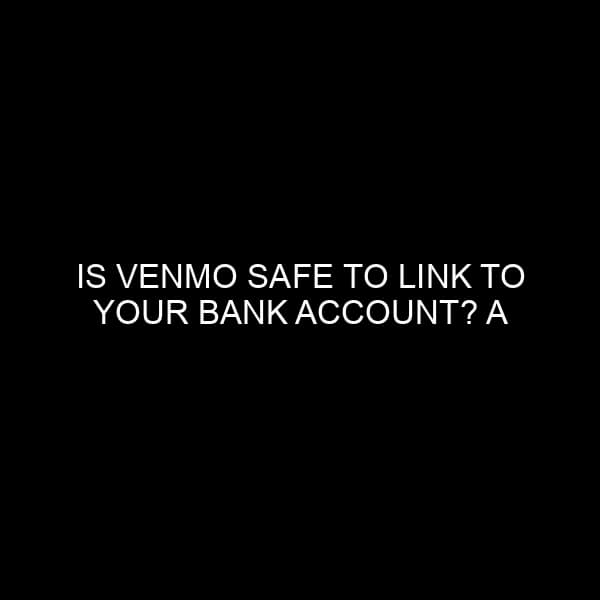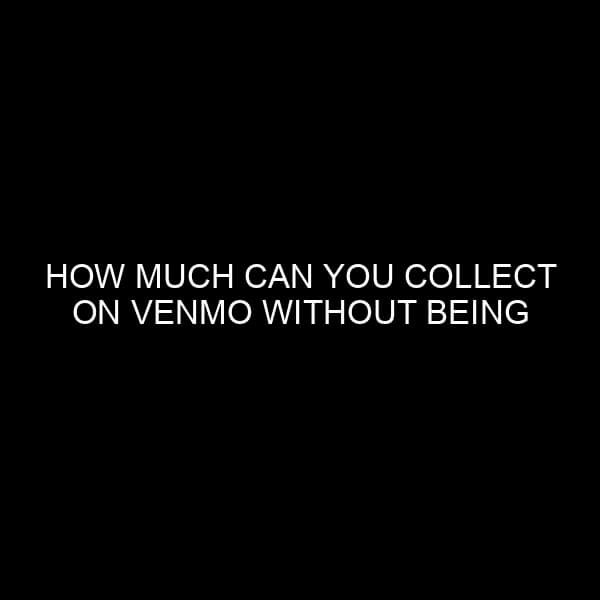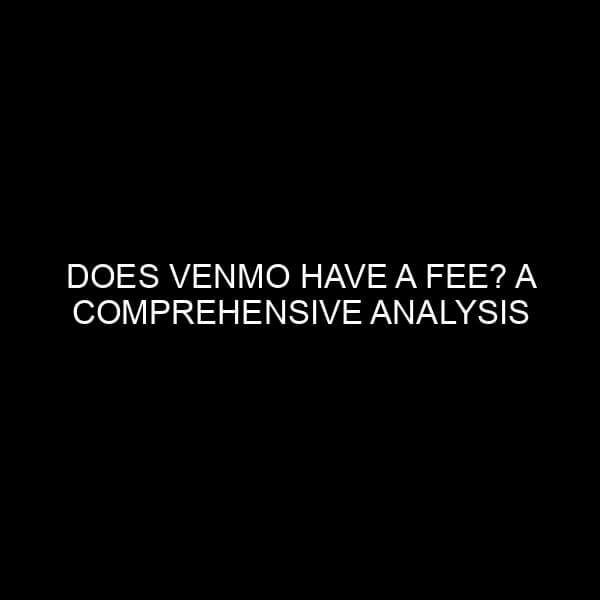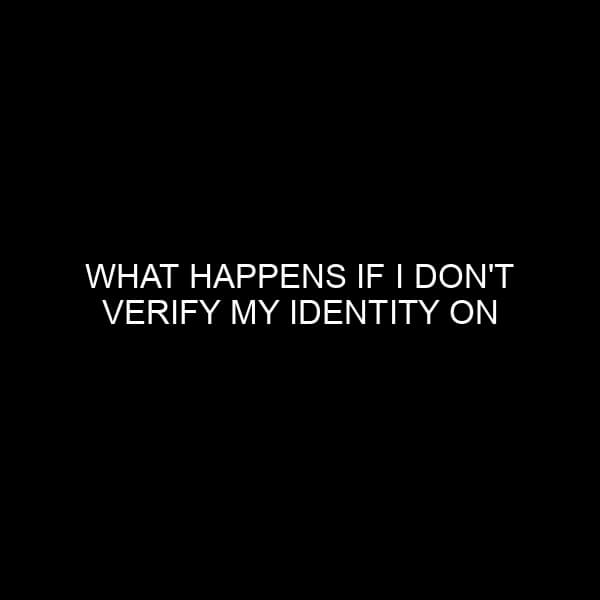Is Venmo Safe to Link to Your Bank Account? A Comprehensive Analysis
With the rise of mobile payments and digital wallets, Venmo has quickly become one of the go-to platforms for users looking to send and receive money with ease. This peer-to-peer payment app has skyrocketed in popularity, especially among the younger generation, with its simplistic interface and the added social aspect of sharing transactions with friends. But with such rapid adoption and personal financial information at stake, a looming question arises – is Venmo safe to link to your bank account? As someone with extensive knowledge in the financial market and banking industry, I’ll provide a deep dive into the safety measures implemented by Venmo and whether it’s a prudent choice for your financial activities.
Understanding Venmo’s Infrastructure
Venmo, owned by PayPal – one of the world’s largest online payment companies – operates on a robust infrastructure that inherently benefits from the parent company’s security measures. Here’s a brief overview of the safeguards in place:
- Data Encryption: Venmo uses data encryption technology to protect users against unauthorized transactions and access to their personal data. This means any data you send or receive is coded and cannot be easily deciphered by malicious entities.
- Account Verification: Before you can start making transactions, Venmo requires you to verify your identity, ensuring that the person setting up the account is who they claim to be.
- Secure Servers: The company hosts data in secure servers and employs security protocols that safeguard against potential breaches.
Potential Vulnerabilities
While Venmo has made considerable efforts in securing its platform, it’s essential to understand potential vulnerabilities inherent in any digital transaction system:
- Public Transaction History: By default, Venmo transactions are public, meaning anyone can view the transaction details (sans the amount). This can potentially expose users to cyber threats if they are not careful with the privacy settings.
- Phishing Scams: As with many online platforms, Venmo users may be targeted by phishing scams trying to extract personal information. Always ensure you are on the official Venmo website or app before entering any details.
- Human Error: Often, the weakest link in security can be the users themselves. Mistakenly sending money to the wrong user or failing to secure their mobile devices can lead to unauthorized access.
Best Practices for Enhancing Safety
If you decide to link your bank account to Venmo, there are certain practices you can adopt to enhance safety:
- Regularly Monitor Transactions: Keep a close eye on your transaction history. If you spot any suspicious activity, report it immediately.
- Enable Multi-Factor Authentication (MFA): MFA provides an additional layer of security by requiring a second form of identification beyond just a password.
- Be Wary of Unsolicited Requests: Do not transfer money to unknown recipients or click on suspicious links.
- Adjust Privacy Settings: Ensure your transactions are set to private to avoid broadcasting your activity to the public.
The Verdict: Is Linking Safe?
Given my background in the financial market and banking, the overall consensus is that while no platform can guarantee 100% security, Venmo does implement industry-standard measures to ensure the safety of its users. When used with caution and awareness of potential threats, linking your bank account to Venmo can be considered relatively safe. However, as with all online transactions, it’s paramount that users exercise due diligence and regularly update and review their security measures.
Conclusion
The age of digital transactions is upon us, and platforms like Venmo offer unprecedented convenience. However, this convenience should not come at the cost of security. With robust infrastructure and a commitment to user safety, Venmo does stand out as a trustworthy platform. Yet, it’s the responsibility of the users to ensure they are using it correctly and securely. Remember, in the digital age, being informed and cautious is your best line of defense.






